Key Strategies for Managing Fire Hazards in the Workplace
Fire safety in the workplace is a matter of utmost importance, one that should be at the forefront of every employer’s mind. It’s not just a legal requirement, but a moral duty that we must uphold the people who pour their heart and soul into their work every day.
Understanding Fire Hazards in the Workplace
Fire hazards can originate from various sources within the workplace. Common causes include electrical equipment malfunctions, improper storage of flammable materials, faulty wiring, and human error. Understanding these hazards is the first step toward effective fire management.
Identifying Potential Fire Hazards
- Electrical Equipment: Overloaded power outlets, faulty wiring, and malfunctioning equipment can spark fires.
- Flammable Materials: Improper storage and handling of flammable substances such as chemicals, paper, and textiles can lead to fire outbreaks.
- Heating Equipment: Heaters and other heat-producing devices can ignite nearby combustible materials.
- Human Error: Negligence, such as smoking in non-designated areas or improper use of machinery, can cause fires.
Key Fire Safety Strategies
Implementing comprehensive fire safety strategies is crucial for mitigating fire risks. Here are some effective strategies:
1. Conduct Regular Fire Risk Assessments
Regular fire risk assessments are essential for identifying potential hazards and implementing corrective measures. Qualified professionals should conduct these assessments to evaluate the workplace environment, identify fire risks, and recommend appropriate solutions.
2. Install and Maintain Fire Safety Equipment
Equipping the workplace with the necessary fire safety equipment is essential. This includes:
- Fire Extinguishers: Place fire extinguishers in easily accessible locations and ensure they are regularly maintained and inspected.
- Smoke Alarms and Detectors: Install smoke alarms and heat detectors in key areas to provide early warning in case of fire.
- Fire Sprinkler Systems: Implement automatic fire sprinkler systems that can quickly suppress fires and prevent them from spreading.
3. Develop an Emergency Evacuation Plan
An effective emergency evacuation plan is crucial for ensuring the safety of employees during a fire. This plan should include:
- Clear Evacuation Routes: Identify and mark all emergency exits and ensure they are free from obstructions.
- Assembly Points: Designate safe assembly points where employees can gather after evacuating the building.
- Regular Drills: Conduct regular fire drills to familiarize employees with evacuation procedures and ensure everyone knows their roles during an emergency.
4. Train Employees on Fire Safety
Employee training is a key component of workplace fire safety. Training programs should cover:
- Fire Prevention: Educate employees on how to prevent fires, such as proper storage of flammable materials and safe use of electrical equipment.
- Emergency Response: Train employees on how to respond during a fire, including using fire extinguishers, activating alarms, and following evacuation procedures.
- First Aid: Provide basic first aid training so employees can assist injured colleagues until professional help arrives.
5. Implement Good Housekeeping Practices
Maintaining a clean and organized workplace can significantly reduce fire hazards. Good housekeeping practices include:
- Proper Storage: Store flammable materials in designated areas away from heat sources.
- Regular Cleaning: Ensure regular cleaning to prevent the accumulation of combustible dust and debris.
- Waste Management: Dispose of waste materials, especially flammable waste, in appropriate containers and remove them regularly.
6. Monitor and Maintain Electrical Systems
Faulty electrical systems are a common cause of workplace fires. To minimize this risk:
- Regular Inspections: Conduct regular inspections of electrical equipment and wiring to identify and address potential issues.
- Qualified Personnel: Ensure that only qualified personnel handle electrical repairs and installations.
- Avoid Overloading Circuits: Do not overload electrical circuits, and use power strips and extension cords appropriately.
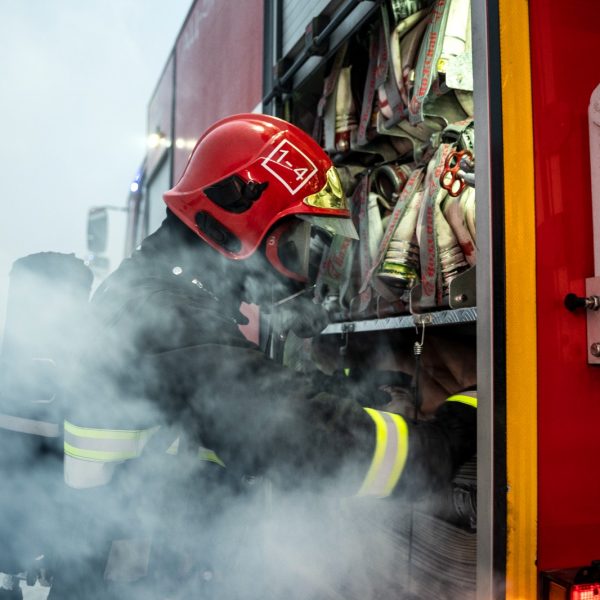
By implementing effective fire safety strategies and following essential workplace fire safety tips, employers can take a holistic approach to protecting their most valuable assets – their employees, their physical assets, and their business operations. A fire can have devastating effects, not just in terms of physical damage, but also in terms of lost productivity, disrupted operations, and the emotional toll on the workforce.
At Multiline, we specialize in providingthe best fire safety solutions according to your workplace needs. Our team of experts is dedicated to helping you create a safer environment through risk assessments, equipment installation and ongoing support. Contact Multiline today to learn more about our services and how we can help you enhance your workplace fire safety.
Ensuring fire safety in the workplace is not just about compliance; it’s about creating a secure environment where employees can work confidently and productively. Take action now and make fire safety a priority with Multiline.


























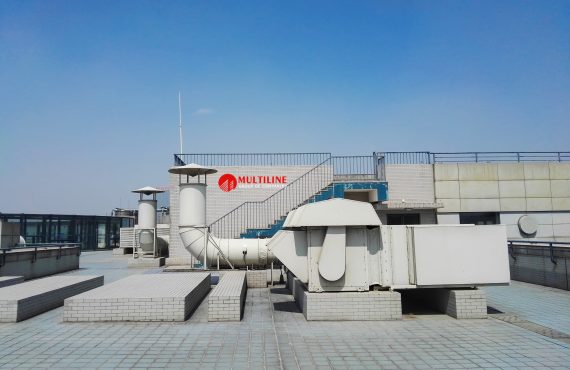
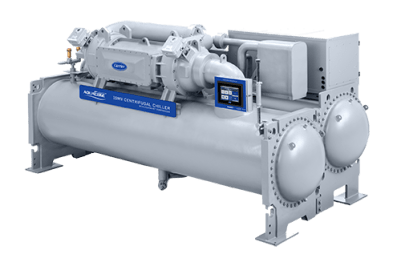


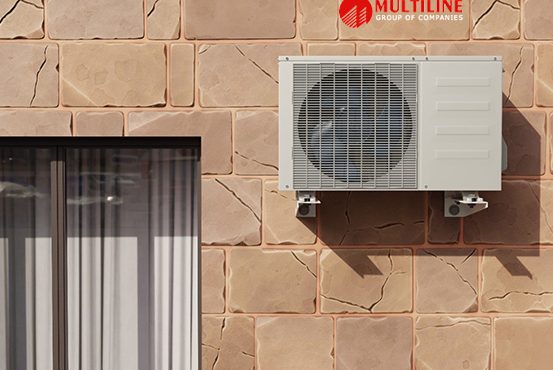


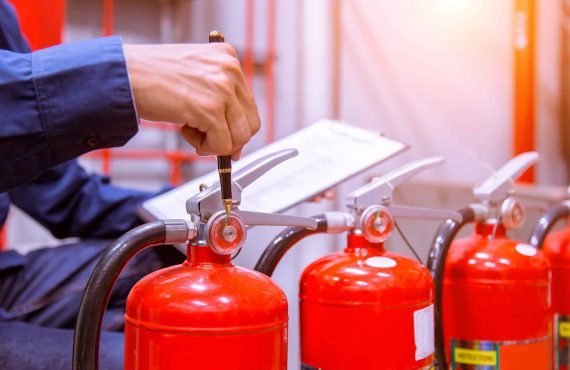
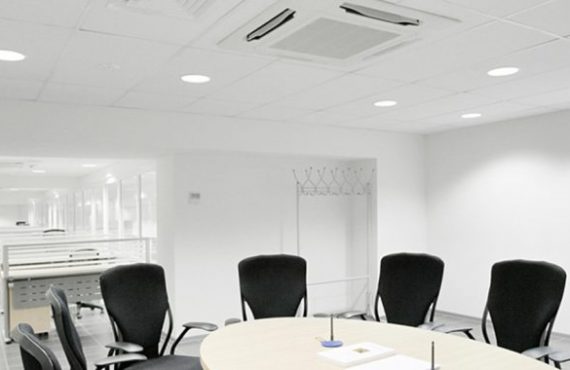
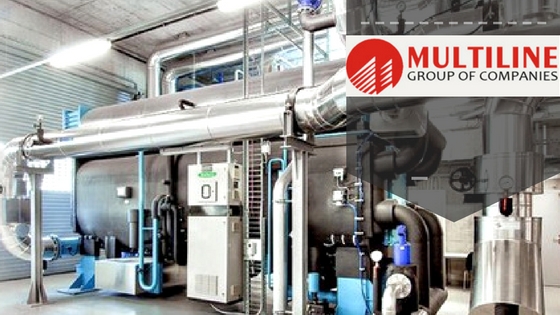

No comments yet.